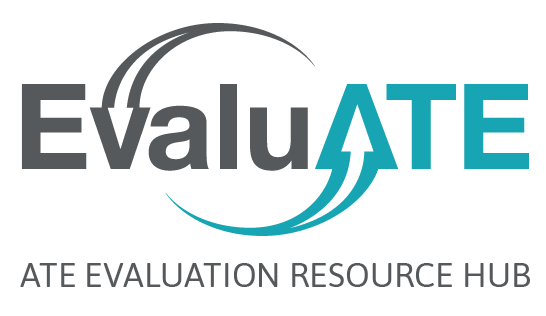Since the core of the ATE program is to prepare a technical workforce, it is critical to match the skills that students are developing with the needs of the local industry. Most ATE projects and centers work with local industry and have advisory groups. But there are some additional resources available for evaluating how well a curricular program is meeting the industry needs on both the industry demand and educational supply sides.
Burning Glass Labor/InsightTM interactive software can be used to generate real-time demand (jobs) data. The beauty of Burning Glass is that the user can find the job titles for advertised positions. This helps ATE projects find the demand for specific jobs and then match program supply information to get a comparison. The Standard Occupational Classification (SOC) system is used by Federal statistical agencies to classify workers into one of 840 occupational categories. The North American Industry Classification System (NAICS) is the standard used by Federal statistical agencies in classifying U.S. business establishments. The SOC and NAICS codes do not always identify the job titles used in job announcements. Therefore, it is advisable to use a combination of data sources. By utilizing Burning Glass information in conjunction with the federal codes, a more accurate determination of the demand for technicians can be made. Institutional data and statewide community or technical college data as well as student follow-up can be helpful in determining the supply side.
Environmental scans can focus on labor market needs that warrant a community college response. A recent publication addressing the comparison of demand and supply is the Life Sciences & Biotechnology Middle Skills Workforce in California (October 2014) report, available from coeccc.net.

Except where noted, all content on this website is licensed under a Creative Commons Attribution-NonCommercial-ShareAlike 4.0 International License.


 EvaluATE is supported by the National Science Foundation under grant number 2332143. Any opinions, findings, and conclusions or recommendations expressed on this site are those of the authors and do not necessarily reflect the views of the National Science Foundation.
EvaluATE is supported by the National Science Foundation under grant number 2332143. Any opinions, findings, and conclusions or recommendations expressed on this site are those of the authors and do not necessarily reflect the views of the National Science Foundation.